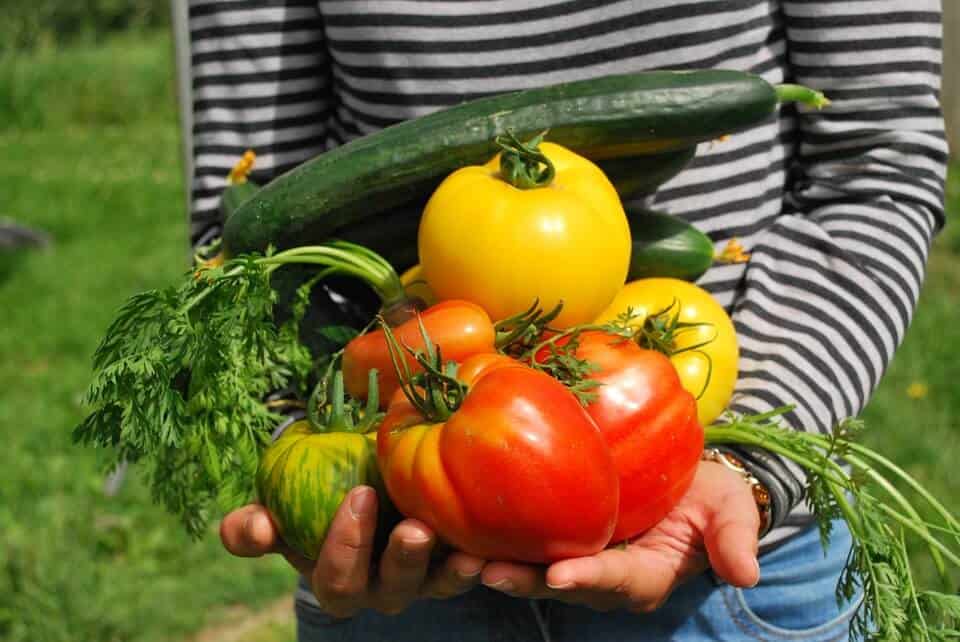According to the National Gardening Association, the average vegetable garden size is 600 square feet.
And that, gardeners spend 5 hours per week maintaining their gardens. That those that care and maintain their vegetable gardens efficiently get $9 worth of produce for every dollar invested.
That’s huge return on investment for a mere hobby if you ask me.
So, what are these gardeners doing right that most others fail to do?
They are following the approaches outlined in this article. If you want the same results if not better, let’s dive in.
Watering Your Vegetable Garden
As much as you need water to survive, so does your vegetables.
Ensure that you supply the optimal amount of water to your vegetables regularly. Remember in planning your garden I mentioned the importance of proximity to a water source.
Just keep in mind that, at no given time should you overdo your watering. Since too much water might actually cause more harm than good to your crop.
Some diseases such as blights and fungal infections might arise as a result of too much water.
Similarly, too little, infrequent water at best will cause wilting of your vegetables and under worst-case scenario infestation of pests like mites and black aphids.
It’s also worth mentioning that some vegetables will lose their desired flavor. For instance, Kale will taste bitter, and carrots will taste sugary, but they will be low in nutrients.
Therefore, as I said, keep the watering at the optimum range and you will have the healthiest of vegetables!

Water application methods
For small gardens, it’s enough to water your plants using a watering can or sprinklers (overhead sprinkler irrigation).
However, the challenge arises when dealing with a medium to relatively large vegetable gardens, and the water is scarce.
Under such scenarios, it’s advisable to apply the water just around the root horizon. Drip irrigation is the best method for achieving this.
There are other methods though not so popular like flooding method and seepage method. The important thing is to work with whichever method that suits your specific situation.
Feeding the vegetables
Most vegetables are heavy feeders. That said, you should strive to provide them with the necessary essential nutrient elements if you want a bountiful harvest.
Again it boils down to the question of your growing media. For example, you will have to supply more nutrients in hydroponically grown vegetables than those planted in the garden soil.
Whichever the case, ensure to feed your vegetables on a regular basis depending on your particular situation.
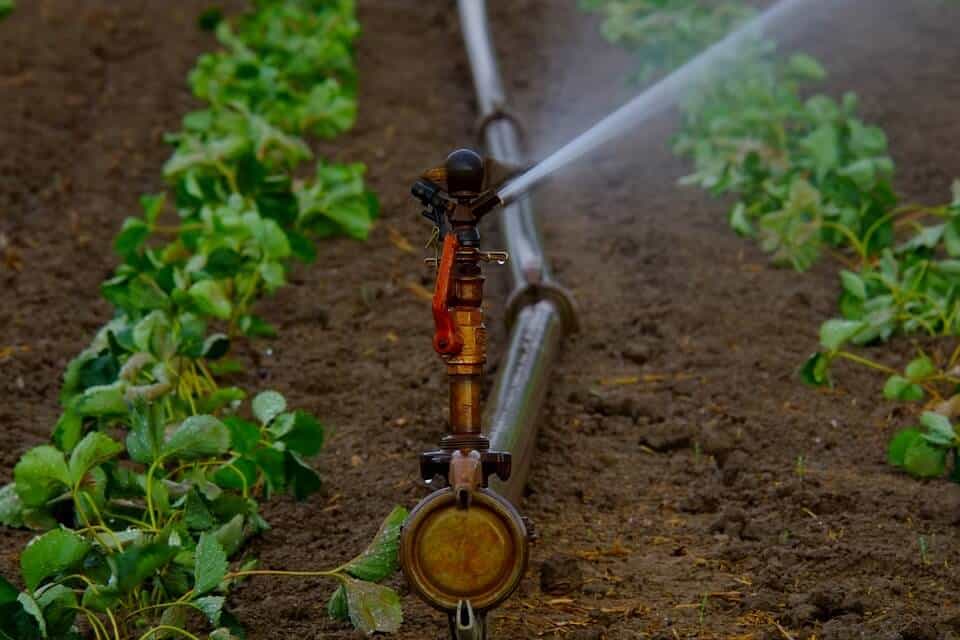
I recommend fertilizer application rich in Nitrogen, Phosphorous, and Potassium.
Depending on the stage of your crop, the levels of each nutrient element may vary. For instance, for emerging young plants, apply a complete fertilizer rich in phosphorous since it aids in root development.
Later on, you can use a nitrogen-rich fertilizer to help the crops develop dense foliage. When you’re close to harvesting, increase the potassium application to develop the fruits.
Be careful not to apply too many nutrients since in some cases, they might scorch your vegetables or even cause physiological disorders in some.
For example, cabbages and tomatoes may start cracking due to this. Read and follow the instructions written on the fertilizer packages.
Synthetic Fertilizers
It’s highly imperative to use synthetic fertilizer with caution.
Overreliance on the utilization of these fertilizers is unsustainable and might cause harm to your soil in the long run.
The rule of the thumb is always to apply them where necessary. You can achieve this by first conducting a soil nutrient analysis and then supplementing those inadequate nutrients.
The most efficient way to guarantee that your crops have a sustainable nutrient supply is always to maintain the NPK of your soil, which is;
- N – Nutrients: Aim to keep a balance of all macro and micro Nutrients in a suitable PH range.
- P – Physical Structure: Build a Physical state to enable life forms to breed, live and grow.
- K – Key Biology: Aim to manage the soil and plants in a way that supports the ongoing Key biology into the ground and on the plants.
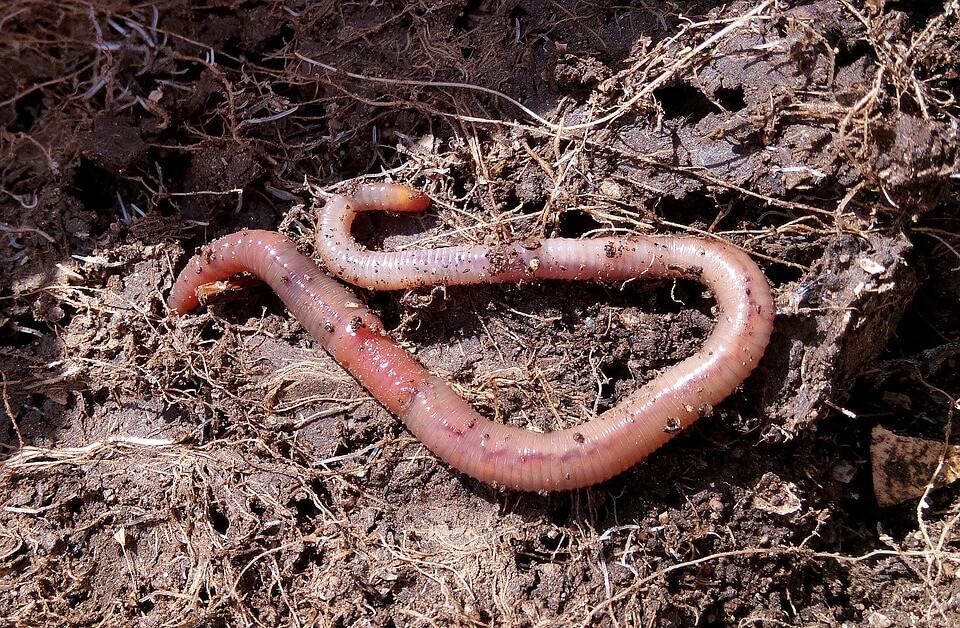
Integrated Pest Management Strategies
If there’s anything that truly poses a threat to most vegetable gardens, pest and diseases are by far the most devastating. Causing up to 100% losses if you don’t take appropriate actions.
You’ve worked so hard to establish your garden. Don’t allow yourself to be among the statistics of gardeners who’ve lost all their crop due to pest and diseases.
Thankfully it’s easy to manage pests if you know what you need to do.
There are several methods you can employ to keep pests away from your garden. A combination of those methods is what we “green thumbs” term as integrated pest management.
Below are some of these methods.
1. Get rid of the weeds
Care for your vegetable garden by keeping it from obnoxious weeds that might attract pests into the garden.
Weeds do not only attract pests but also competes with your valuable vegetables for nutrients.
Since they have adapted to their growing regions, they are likely to win the competition leaving the crop vulnerable and susceptible to pests and diseases.
So, how do you get rid of the weeds in your vegetable garden?
- By planting your vegetables close to each other, assuming you haven’t planted – This is an effective strategy to ensure that light doesn’t reach the weeds.
- By physically pulling them out.
- By mulching with dry vegetative material or covering the ground with polyethylene. Mulching does not only help in eliminating the weeds but also contributes to warm the soil for optimum root growth as well as aid in moisture retention.
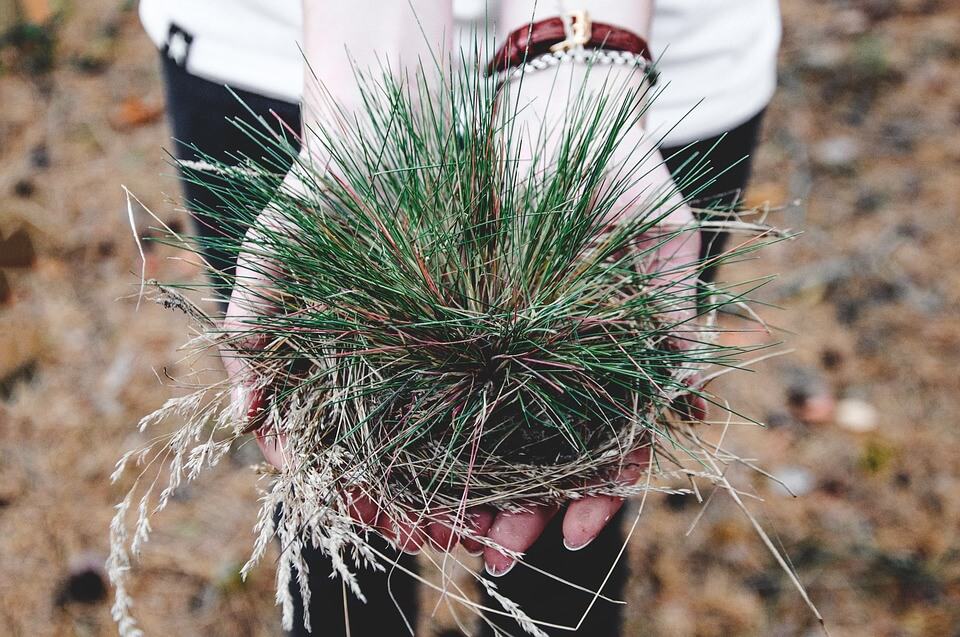
You can learn more about how to get rid of weeds naturally here
2. Prune and train your vegetables.
Some vegetables are very dense with foliage especially with proper nutrition, for example, indeterminate tomatoes. This is a good thing but not always.
When the crop is very thick, it becomes vulnerable to infections by fungi e.g. downy mildew or blights.
Fungal infections are prevalent when aeration is reduced, and the relative humidity is high. To evade this problem pruning of excess leaf materials and stems is paramount.
Similarly for those plants that trail such as vines, training, and support is necessary to ensure that they don’t lie prostrate on the ground where pests might infect them.
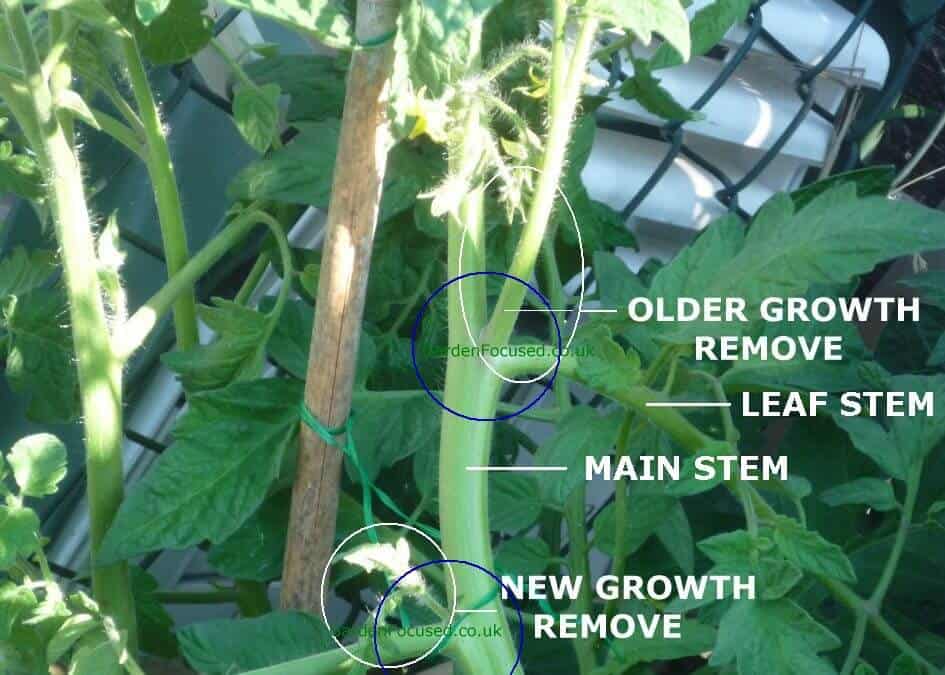
3. Monitor your vegetables.
It’s a good habit to watch your crop frequently to check whether everything is well. When monitoring, check for moisture level in the soil, check the leaves for any bugs, and check the leaf color to see whether it’s yellowish or dark green.
Check the fruits for any deformities, get out some roots and check for signs of nematodes, check how dense the roots are, and check for any unnecessary bush growing around your garden.
You should note down any unusual plant behavior and take corrective measures beforehand.
It is also important to keep tabs on the prevailing weather and take precautionary measures to protect the crop from the effects of changing the weather.
Remember that some bugs such as thrips and spider mites are too small. Therefore, make sure always to keep a hand lens with you.
Make monitoring your garden a habit and you’ll love it.
4. Introduce beneficial bugs and organisms to your garden
One of the most efficient, nature-friendly ways of eliminating pests from your garden is through the introduction of beneficial bugs.
Nature has its way of regulating itself. Why should you go against if going with it benefits you?
For example, you can introduce Phytoseillus spp that feeds on spider mites or Ladybirds which feeds on aphids.
Use Trichoderma that colonizes the roots of your crop and prevents nematodes from piercing and feeding on the roots of your plants.
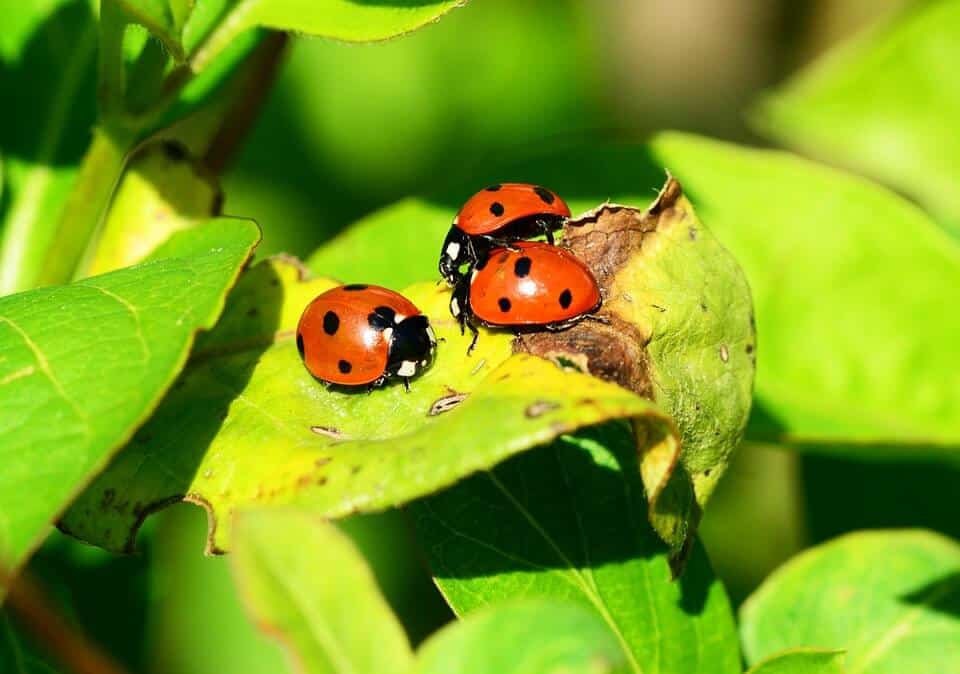
5. Spraying the garden.
Spraying the vegetables with the chemicals is the least recommended. However, under some circumstances, you might be forced to use this approach.
In that case, remember only to use approved, certified chemicals that are safe for both humans, animals, and the environment.
Read instructions on the packets carefully and follow those instructions given to the letter.
Please remember always to observe the Post-Harvest Interval (PHI) after spray as well as the Maximum Residue Levels (MRLs).
If you are not sure of anything, feel free to consult the experts rather than regret it.
However, there still exist various spray remedies that are organic and environmental-friendly.
Try as much as possible to use organic sprays as opposed to synthetic chemicals.
Conclusion
Taking care of your vegetable garden is more or less like taking care of your children. Doing everything possible to make sure that it flourishes should be your main objective.
Once you do that, your garden will surely take care of you someday.
As with everything else worth doing, enjoy the process of growing and not just the harvest. Yes, challenges will be there. Yes, you will feel like giving up at some point.
But if you can remember the reason why you’re into vegetable gardening, you can overcome anything.
With this information my friend, you’re unbeatable.
Next Post: Have Your Vegetables Matured Yet?
Liked this post? Don’t be mean, share it.
